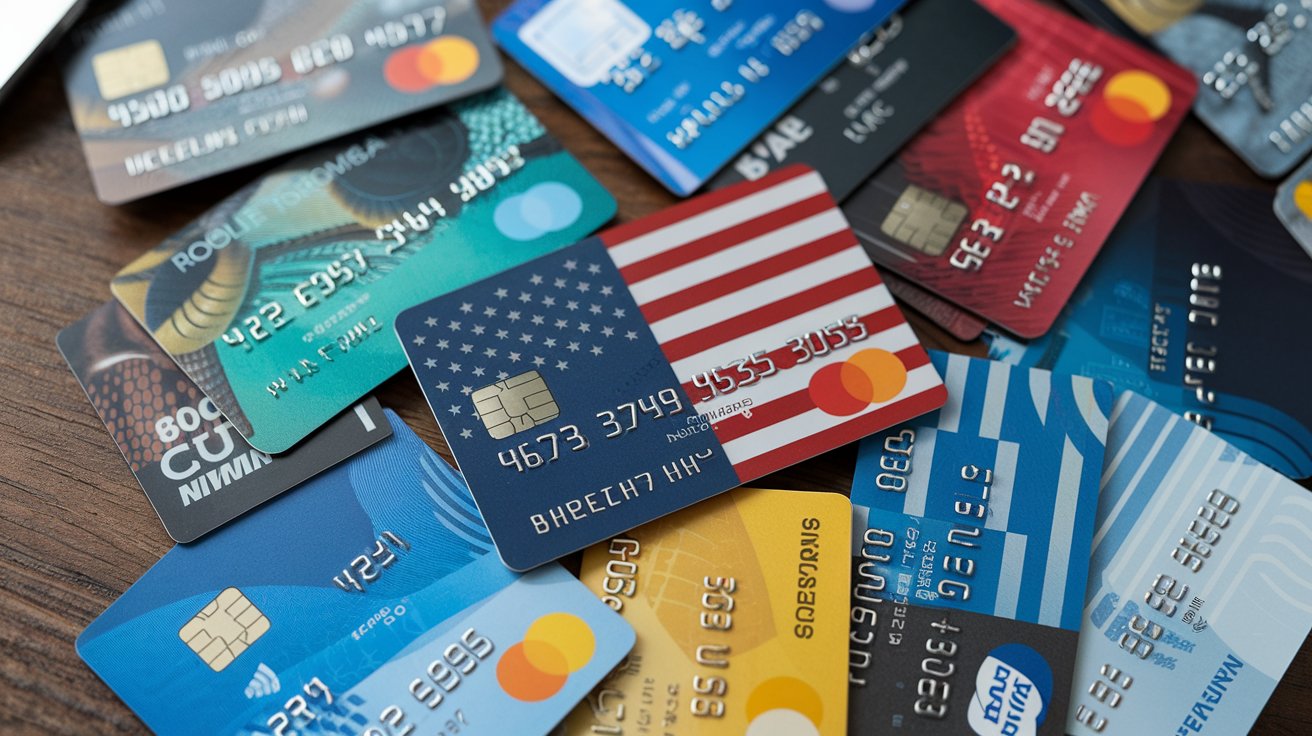Why the Average American Pays Too Much in Credit Card Interest
Credit card debt is a growing financial burden for millions of Americans, with the average household paying hundreds—if not thousands—of dollars annually in interest alone. Despite the availability of low-interest cards and balance transfer offers, many consumers remain trapped in a cycle of high-interest debt. This article explores why the average American pays too much in credit card interest, analyzes the latest data, and provides actionable tips to break free from this costly cycle.
Table of Contents
The Rising Cost of Credit Card Debt
According to recent data from the Federal Reserve, the total U.S. credit card debt has surpassed $1 trillion, with the average interest rate hovering around 24%—the highest in decades. This surge in rates, combined with rising living costs, has left many Americans struggling to pay off their balances.

A study by the Consumer Financial Protection Bureau (CFPB) reveals that nearly half of credit card users carry a balance month-to-month, accruing interest that compounds over time. For example, a 5,000 balance at a 245,000 balance at a 241,000 in interest annually if only minimum payments are made.
Why Americans Pay So Much in Interest
- High APRs [Average percentage rate]: Credit card interest rates have skyrocketed due to Federal Reserve rate hikes, with many cards now charging over 20% APR.
- Minimum Payment Trap: Paying only the minimum keeps consumers in debt longer, as interest continues to compound.
- Lack of Financial Literacy: Many Americans are unaware of how credit card interest works or how to negotiate lower rates.
- Emergency Spending: Rising inflation and unexpected expenses force many to rely on credit cards for essentials, increasing their debt burden.
How to Reduce Credit Card Interest
- Negotiate a Lower APR: Call your credit card issuer and request a lower interest rate. Many companies are willing to negotiate, especially if you have a good payment history.
- Use Balance Transfer Cards: Transfer high-interest balances to a card with a 0% introductory APR to save on interest.
- Pay More Than the Minimum: Even small increases in monthly payments can significantly reduce interest costs over time.
- Create a Debt Repayment Plan: Prioritize paying off high-interest cards first using strategies like the debt avalanche method.
Conclusion
The average American pays too much in credit card interest due to high APRs, minimum payment traps, and a lack of financial literacy. However, by understanding how credit card interest works and taking proactive steps to reduce debt, consumers can save thousands of dollars and achieve financial freedom. Stay informed, explore trending resources, and take control of your credit card debt today. [FinansieraTrading.com]







